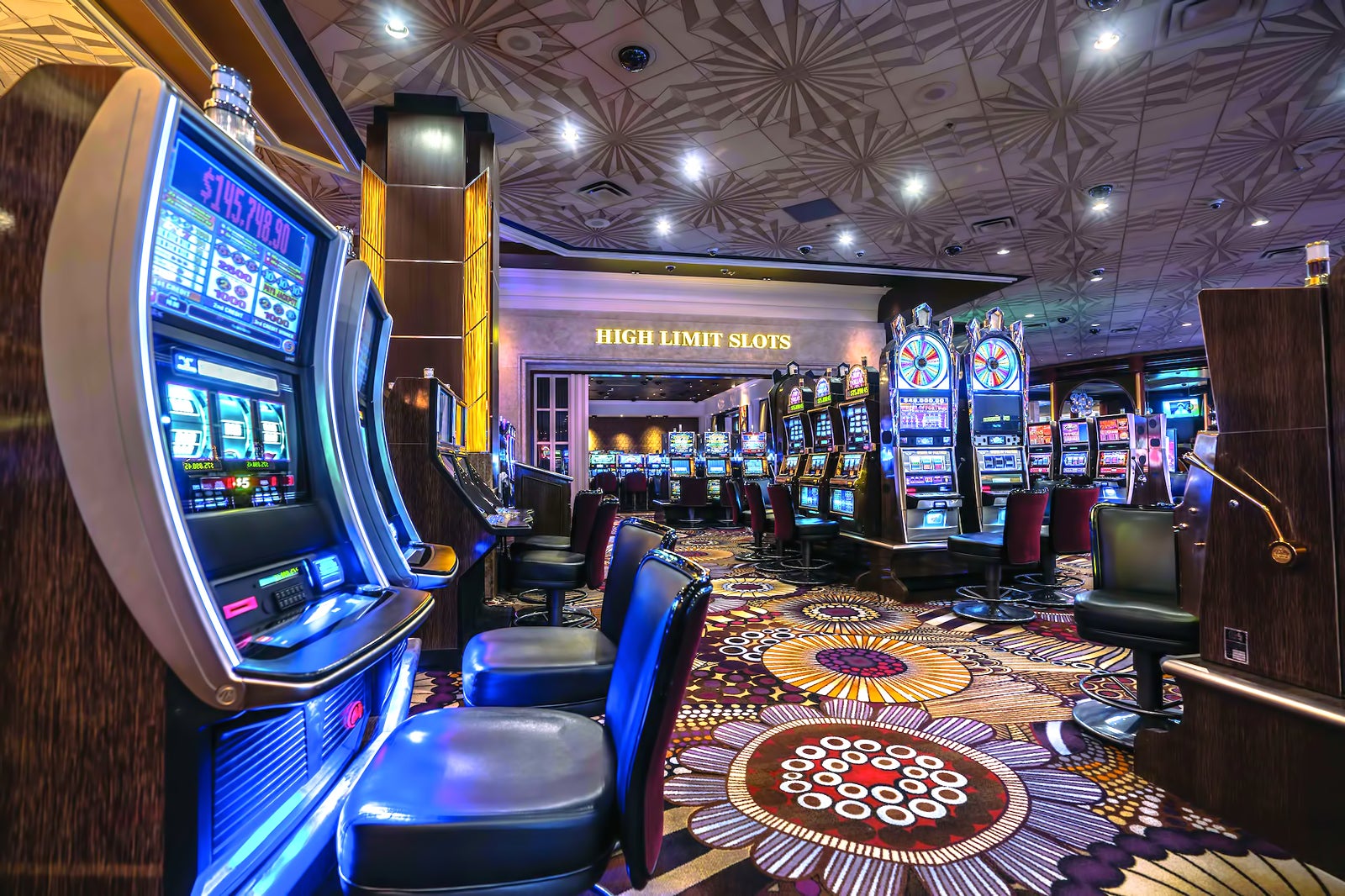
In the shadows of the glittering illuminations and the enticing noises of spinning wheels lies an dynamic world where innovation meets numbers: the creation of games of chance. As players converge to gaming establishments seeking excitement and the possibility of winning big, a vast amount of effort takes place behind closed doors to create the games for their enjoyment. From the initial concept to the ultimate product that players engage with, numerous elements are brought together to ensure a captivating play experience.
Creators, engineers, plus game developers collaborate to combine innovative technology with engaging gameplay features. Each aspect, from visuals and audio elements to probabilities plus payouts, is meticulously designed to attract players and keep them engaged. Understanding the intricate process of the way casino games are made reveals both the technical expertise involved but also the creative vision that brings these immersive experiences to life.
Casino Game Design Workflow
The game process starts with idea generation and conceptualization, where creators develop ideas for innovative casino games. This initial phase typically involves identifying target audiences and understanding market trends. Designers take into account factors like game mechanics, themes, and payout structures to develop an immersive experience. Teamwork between game designers, mathematicians, and artists is crucial to ensure a well-rounded concept.
Once a design is chosen, the next stage involves creating prototypes and testing. Designers create a working version of the game to assess its playability and mechanics. This facilitates adjustments and refinements based on feedback from testers. Reiteration is key, as designers may go through multiple rounds of testing to optimize gameplay balance and user experience. This stage is essential for spotting any potential issues before the game goes into production.
After testing, the game moves into development and production. This includes the technical aspects of coding the game software, integrating graphics, and making sure compliance with gaming regulations. Quality assurance testing verifies that the game functions seamlessly across different platforms and devices. Once everything is refined, the game is prepared for launch, often accompanied by marketing strategies to attract players and generate excitement around the latest casino game.
Tech and Development
The evolution of gambling games has transformed significantly with advancements in tech. Contemporary game design often incorporates premium graphics, immersive sound effects, and dynamic animations that create a thrilling experience for gamers. Game developers use sophisticated software tools and programming languages to develop these immersive gaming experiences. Additionally, the use of RNGs ensures equity and unpredictability in outcomes, which is important for maintaining player trust and compliance with gaming regulations.
In the past few years, the growth of online casinos has pushed the limits of game development even further. Developers are now able to build games that appeal to a global audience, incorporating features such as live dealers and VR environments. This shift has encouraged innovation, leading to novel game mechanics and formats that enhance player engagement. Mobile gaming has also become a significant focus, prompting developers to tailor games for mobile phones and tablets, ensuring availability and convenience for players on the go.
Collaboration among creators, visual artists, and math experts is crucial in the development process. Each team contributes their expertise to make sure games are not only aesthetically pleasing but also statistically accurate and enjoyable. The integration of player feedback during testing phases allows developers to improve game features and functionalities, ultimately leading to a favorable launch. As technology continues to advance, the potential for innovative game concepts and experiences is limitless, promising an enticing future for casino games.
Evaluating and Quality Assurance
Once a gambling game has been designed, it enters the critical phase of testing and quality control. This phase ensures that the game operates flawlessly and provides a just experience for players. Teams conduct comprehensive tests, including operational checks to ensure that all game features work as planned. Each element, from graphics to sound effects, is reviewed to ensure high standards are met.
In addition to operational testing, the game experiences thorough compliance checks to meet regulatory requirements. Various jurisdictions have specific rules governing game fairness and player protection. Quality assurance teams will check that the random number generators are functioning correctly and that the game’s payout percentages align with industry standards. This meticulous examination helps establish trust with users and authorities alike.
Finally, beta testing may be conducted with real players to collect insights on user experience. This invaluable insight allows developers to make necessary adjustments before the official launch. casino non AAMS Tackling any possible issues identified during this phase helps ensure that gamblers will experience a smooth, captivating experience when the game goes live. The commitment to excellence reflects the sector’s dedication to delivering pleasant and dependable casino games.
